Material Science and Engineering
Solar perovskite production on a roll
High-performance perovskite solar cells are made using a manufacturing-friendly liquid-based process suitable for roll to roll production.

Advanced ink formulations could be the key to turning perovskite solar cells (PSCs) from heroes of academic labs into commercially successful products. Researchers at KAUST have developed a perovskite ink tailor-made for a mass manufacturing process called slot-die coating, producing PSCs that captured solar energy with high efficiency. The ink could also be coated onto silicon to create perovskite/silicon tandem solar cells that capture even more of the Sun’s energy.
“PSCs have shown a lot of promise in lab-scale work over the past decade,” says Anand Subbiah, a postdoc in Stefaan De Wolf’s lab. “As a community, we need to start looking at the stability and scalability of PSC technology,” he says.
PSCs made in research labs are typically made by spin-coating, which is unsuited to mass manufacture. Slot-die coating, in contrast, is a manufacturing technique used industrially for almost 70 years. “The process involves continuously and precisely forcing an ink through a narrow slit that is moved across the substrate to form a continuous film,” Subbiah says. “This high-throughput technique would allow for roll-to-roll fabrication, similar to printing newspapers.”
To produce high-efficiency slot-die coated PSCs, the team faced several challenges. Some of the best-performing spin-coated PSCs combine the perovskite with a poly(triarylamine) (PTAA) transport layer, but PTAA is hydrophobic and highly repellent to liquid perovskite ink. Adding a surfactant to the ink formulation overcame the repellence, resulting in better quality interface and films and better device performance, Subbiah says. The team also switched the ink to a lower-boiling solvent, reducing ink drying time without the need for further processing steps.

The planar p-i-n device architecture of the perovskite solar cell employed in the study.
© 2020 KAUST
Overall, the team’s optimized slot-die coated PSCs captured solar energy with up to 21.8 percent efficiency, a significant improvement over the 18.3 percent previously recorded for PSCs made this way.
Even more significantly, from a commercial standpoint, was that the ink could readily be coated onto textured silicon to produce a perovskite/silicon tandem solar cell, Subbiah says. “We were also able to make the very first slot-die coated silicon-perovskite monolithic tandem solar cell, recording a 23.8 percent efficiency,” he says.
“The development of scalable deposition techniques for perovskite solar cells is essential to bring this technology from the research labs to the market,” De Wolf says. “Our next steps are making large-area devices and modules using our developed technology and testing their stability in the lab and the outdoors, while continuing to improve performance.”
References
- Subbiah, A.S., Isikgor, F. H., Howells, C.T., De Bastiani, M., Liu, J., Aydin, E., Furlan, F., Allen, T.G., Xu, F., Zhumagali, S., Hoogland, S., Sargent, E.H., McCulloch, I. & De Wolf, S. High-performance perovskite single-junction and textured perovskite/silicon tandem solar cells via slot-die-coating. ACS Energy Letters 5, 3034–3040 (2020).| article
You might also like
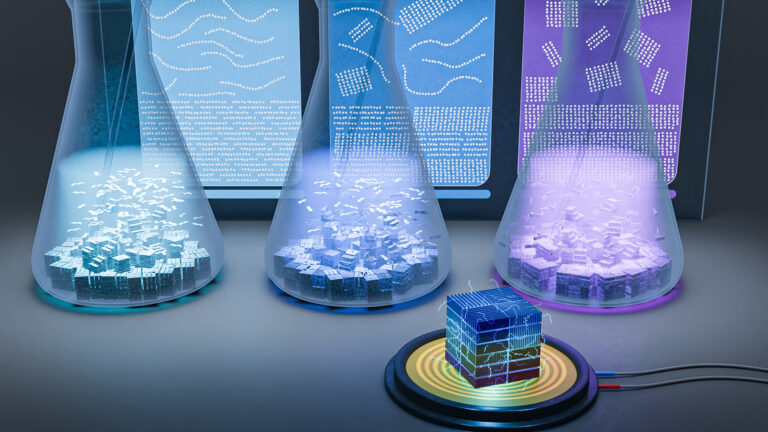
Material Science and Engineering
Solvent selection tool boosts thermoelectric devices
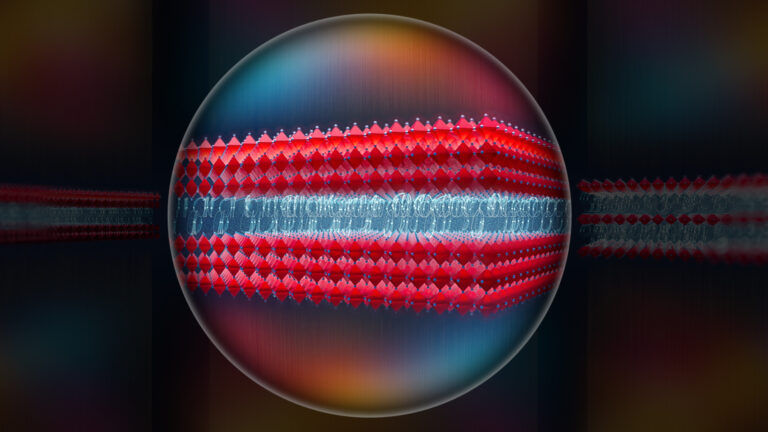
Material Science and Engineering
Electron movie guides design of layered perovskite materials
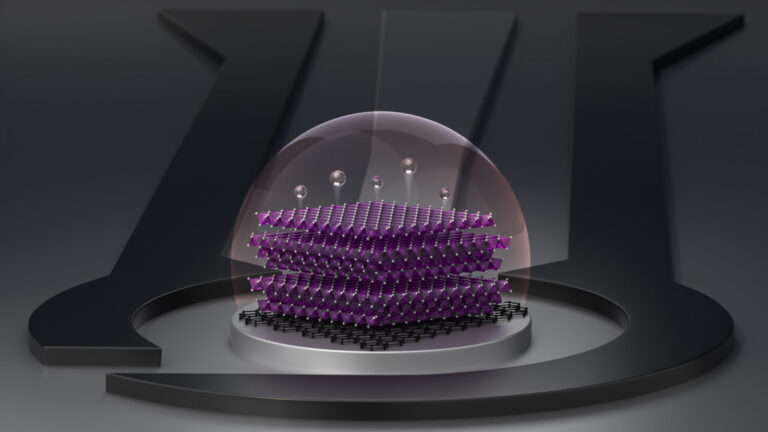
Material Science and Engineering
Remote region sensor for essential vitamin deficiency
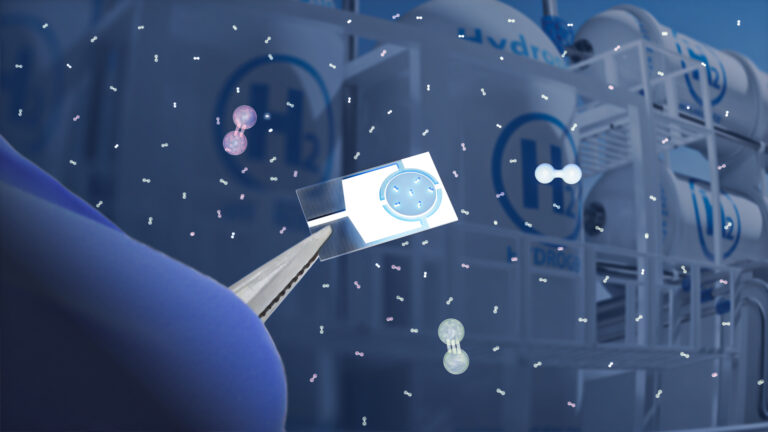
Material Science and Engineering
Low-power hydrogen sensor detects leaks in an instant

Material Science and Engineering
Illuminating pathways to long-lived organic solar cells

Chemistry
Beating the dark current for safer X-ray imaging

Chemical Engineering
Net benefits for advanced materials design
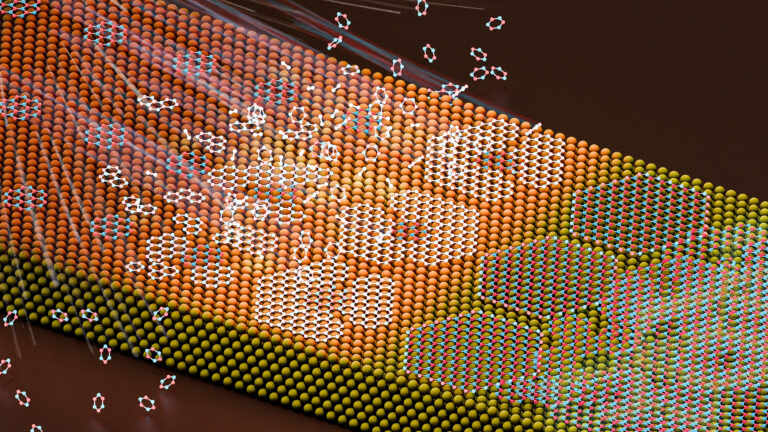
Material Science and Engineering




